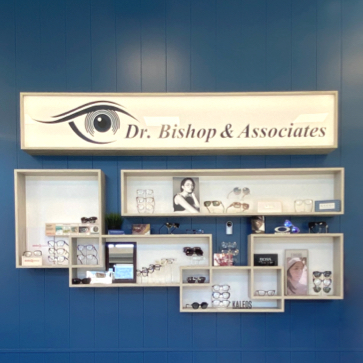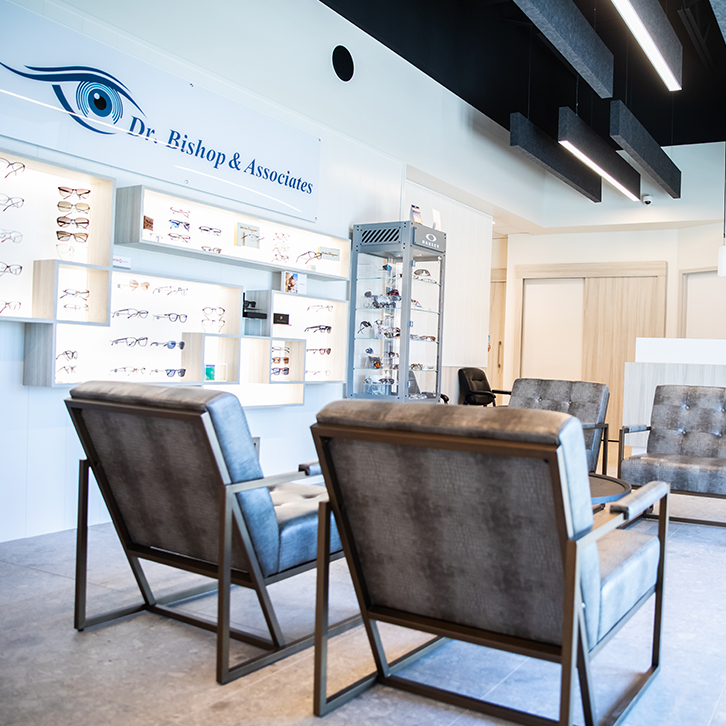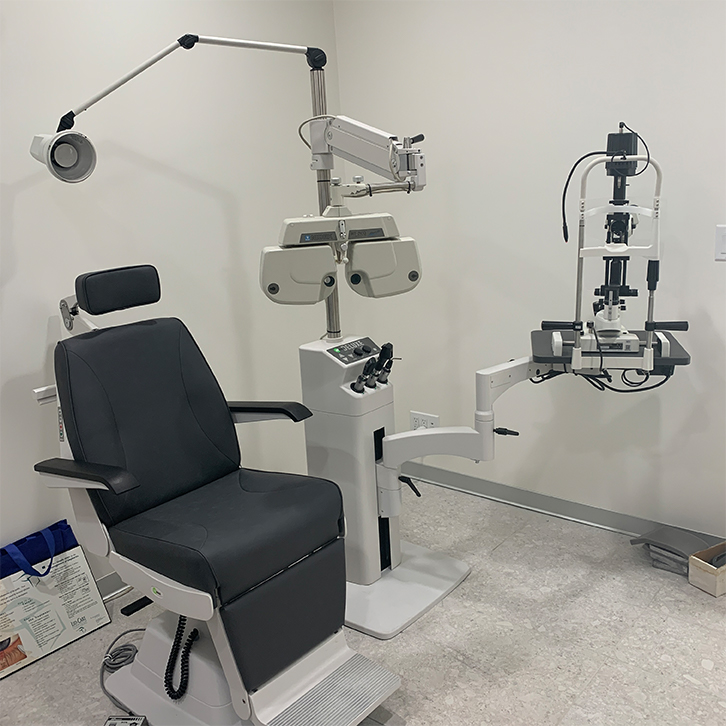Myopia, or nearsightedness, is a common vision condition that affects the ability to see distant objects clearly. If you’ve recently noticed that your prescription is changing more frequently, you may be wondering what factors contribute to the worsening of myopia. While this condition is often first diagnosed in childhood, it can continue to progress into adulthood. To better understand what causes myopia to worsen and how to manage it, visit our detailed guides on myopia management and treatment options at Dr. Bishop & Associates.
The Role of Genetics in Myopia Progression
One of the most significant factors influencing myopia progression is genetics. If you have parents who are nearsighted, you are more likely to develop myopia. In fact, studies show that children with one or both nearsighted parents are at a higher risk of worsening myopia over time. While genetics play a key role, it is not the only factor. Environmental and lifestyle influences also contribute to changes in vision.
Increased Screen Time and Near Work
Modern lifestyles often involve extended periods of screen time, whether for work, school, or leisure. Prolonged use of computers, tablets, and smartphones can cause eye strain and fatigue, leading to changes in vision. Frequent near work, such as reading or using digital devices for extended periods, is linked to worsening myopia. Focusing on close objects for long durations can put added stress on the eyes, which may lead to a stronger prescription over time.
To combat this, experts recommend taking regular breaks using the 20-20-20 rule: every 20 minutes, take a 20-second break and look at something 20 feet away. This simple practice can help reduce eye strain and may slow the progression of myopia in some individuals.
Outdoor Time and Natural Light
Spending time outdoors has been shown to have a protective effect on vision, especially in children. Research indicates that exposure to natural light can help slow the progression of myopia. This is particularly relevant for young children, as outdoor activities encourage the eyes to focus on distant objects, which helps balance near work.
A lack of outdoor time is associated with an increased risk of myopia worsening. Encouraging children to spend more time outside, even for brief periods during the day, may help maintain better long-term eye health.
Changes in Eye Shape
As the eye grows, its shape can affect how light is refracted onto the retina. In myopic individuals, the eye is elongated, causing light to focus in front of the retina rather than directly on it. During childhood and adolescence, the eyes are still developing, and rapid changes in eye shape can cause myopia to worsen. In some cases, myopia may stabilize once the eye stops growing, but for others, it can continue to progress into adulthood.
The Impact of Age and Development
Myopia tends to worsen most rapidly during childhood and teenage years. As the eyes grow, there is a natural tendency for myopia to increase. However, this process can slow down as you reach your early twenties, when the eyes typically stop growing. For some adults, myopia may remain stable, but for others, it may continue to progress, particularly if they spend long hours focusing on near tasks.
Ways To Control Myopia Progression
Lenses designed to slow down the progression of myopia offer a practical and effective solution for managing this common vision condition, especially in children. While standard glasses correct nearsightedness, these specialized lenses take it a step further by addressing the root causes of myopia progression. By creating zones of light focus that help reduce eye elongation, they work to slow down how quickly myopia advances over time.
Myopia Control Lenses
- MiYOSMART: These lenses not only correct vision by addressing nearsightedness but also incorporate innovative designs to slow down the progression of myopia. MiyoSmart lenses use D.I.M.S. (Defocus Incorporated Multiple Segments) technology, which creates a zone of myopic defocus on the lens to help reduce eye elongation—a key factor in myopia progression.
- Stellest lenses: These utilize H.A.L.T. (Highly Aspherical Lenslet Target) technology, featuring a constellation of aspherical lenslets to ensure precise control of light defocus on the retina, effectively slowing the rate of myopia advancement.
Both options provide an effective, non-invasive approach to myopia management, promoting better long-term eye health. Similarly, there are also specialized contact lenses that help slow down the progression of myopia.
Contact Lenses for Myopia Management
- MiSight contact lenses: These are the first one-use disposable contact lens proven to slow myopia progression in children. They are clinically proven to slow myopia progression by an average of 59% over a 3-year period. By providing vision correction and reducing eye elongation that causes myopia, MiSight provides lasting relief and long-term vision improvement.
- ACUVUE® Abiliti contact lenses: Abiliti lenses use an innovative RingBoost technology that refocuses light in front of the retina, away from the direct line of sight. By separating the functions of vision correction and myopia control, this approach effectively slows myopia progression. It optimizes treatment efficacy while ensuring clear and reliable vision correction for the wearer.
- Ortho-k or orthokeratology: This involves using a special kind of rigid contact lenses worn overnight. The lenses gently reshape the corneas while the person is sleeping. In the morning, the ortho-k lenses can be taken out to enjoy clear vision at all distances for the entire day.
Can Lifestyle Changes Help?
Making lifestyle adjustments can help manage the progression of myopia, although it may not stop it completely. As mentioned earlier, regular breaks during near work and spending more time outdoors are two practical strategies. In addition to these, eye care professionals may recommend certain treatments or interventions that could slow down myopia progression, such as:
- Prescription Glasses or Contact Lenses: Regular eye exams and updated prescriptions can help manage myopia and ensure your vision remains clear.
- Myopia Control Drops: Some individuals may benefit from low-dose atropine eye drops, which have been shown to slow down the rate of myopia progression in children. These drops are typically used under the guidance of an optometrist or ophthalmologist.
- Vision Therapy: For those who experience significant eye strain, vision therapy may be recommended. This treatment involves exercises designed to improve focus, eye coordination, and visual processing.
Eye Health and Regular Check-ups
Keeping up with regular eye exams is crucial for managing myopia and identifying any significant changes in your vision. If you notice that your prescription is changing more frequently, consult with an optometrist to determine if your myopia is worsening and discuss potential treatment options.
At Dr. Bishop & Associates, we prioritize your eye health and offer comprehensive exams to monitor changes in vision. Our team can help you explore solutions that fit your lifestyle and needs, whether you’re interested in new eyewear or more specialized treatment options.
Managing Myopia Progression
Understanding the factors that cause myopia to worsen is essential for managing its progression. While genetics play a major role, lifestyle factors like screen time, near work, and lack of outdoor activities also contribute to changes in vision. By incorporating healthier habits, such as taking breaks during near work and spending more time outdoors, you can potentially slow down the rate of progression. In addition, regular eye exams and treatment options like specialized lenses or myopia control drops can make a difference.
For more information on how to manage your vision and protect your eye health, visit Dr. Bishop & Associates in Calgary and schedule an appointment today.



















